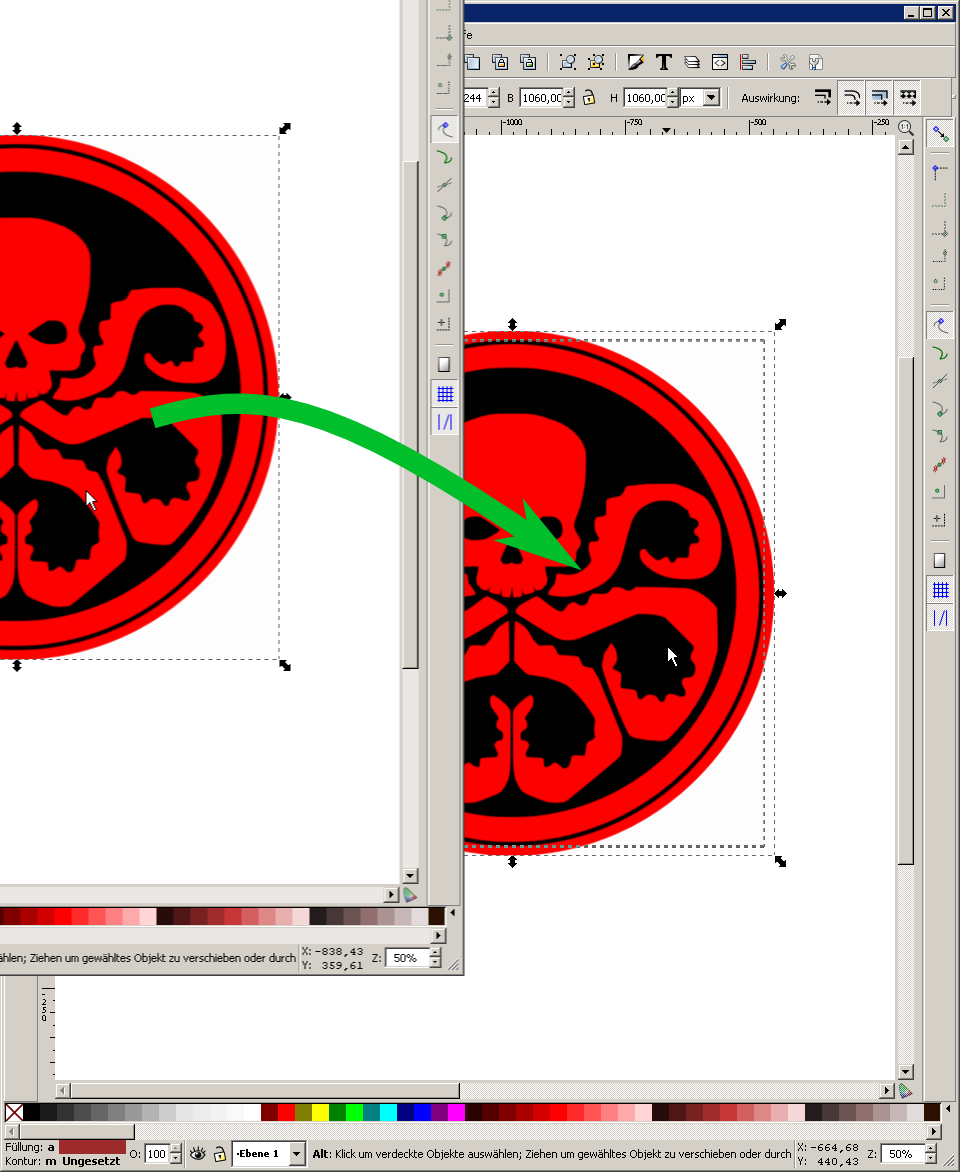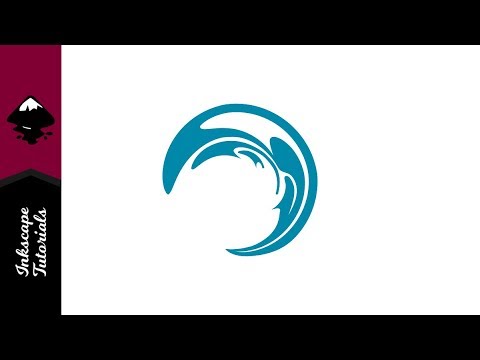
Most vector graphics tools give users the ability to create paths called "primitives" or shapes.

In Inkscape, these are called nodes and paths. Vector graphics are made up of points and the lines between them. Inkscape's native file format, Scalable Vector Graphics (SVG), is a W3C open standard. Others use Inkscape to draft web design mockups, detail layouts for printed circuit boards, or produce outline files to send to laser cutting equipment. People also draw game sprites, produce banners, posters, and brochures. It is used to make diagrams, logos, programmatic marketing materials, web graphics, and even for paper scrapbooking. The variety of what can be done with Inkscape is vast and sometimes surprising. Although it's primarily an illustration tool, Inkscape is used for a wide range of computer graphic tasks. Inkscape is a powerful, open source desktop application for creating two-dimensional scalable vector graphics.

Overall, it will be a bit of a manual process, but I see no way around this, using Inkscape/GIMP. Then use the blur tool to replicate the shallow depth of field on the portions of the logo as-needed.
:max_bytes(150000):strip_icc()/inkscape-logo-99683d1cfa954311beaebed8637aacca.jpg)
Then use the GIMP perspective tool to place the logo within the mockup. If you're only working with the jpg above, you could do this with some careful clone-stamping. You'll first need to clean up the mockup template, removing the existing logo to end up with a blank white card. I would suggest you use Inkscape to create the logo, then export to PNG and use GIMP to place the logo on the mockup. This blur will also be very hard to replicate on the logo once it's placed. Also notice that in your mockup, part of the logo design is blurred from a shallow depth of field effect applied to the overall image. text) into paths, and for each path, you'll have to perform the transform operation separately ("Extensions" > "Modify Path" > "Perspective"). So if you want to even begin placing the logo on the mockup with Inkscape, you'll have to convert all components of your logo (e.g. (You need this perspective transform functionality in order to place the logo on the mocukup at an angle that looks realistic.) Currently Inkscape only allows perspective transform on one path, and the operation alters the path permanently.

One of the crucial missing tools is a non-destructive perspective transform that can operate on groups. Doing this with Inkscape will be very difficult.


 0 kommentar(er)
0 kommentar(er)
